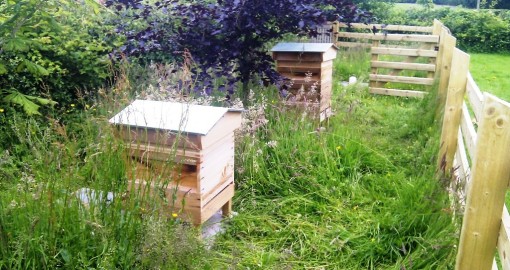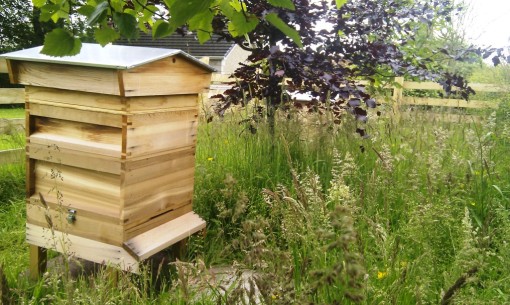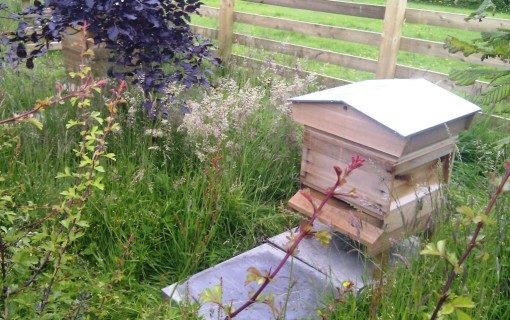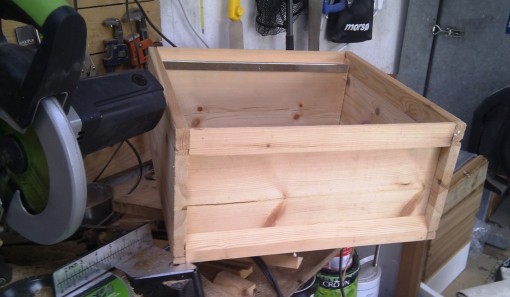nematode
and then there were two
by , 21-06-2011 at 06:57 PM (3310 Views)
Stage two of the artificial swarm was to split the hive in two and feed the ‘swarmed’ half of the bees. The weather prophets predicted heavy rain which I was glad of to ensure that the bees would take themselves off on a wee trip. The rain never came and the day was a glorious one that I observed from the confines of my classroom. However, I still believe that there are loads of bees still in the hive and they might not have swarmed at all. I might have just caught them in the nick of time.
The old queen, who is actually still a young girl only one year old, is now removed form most of her baby daughters. She sits (if she is still there) where the old hive once stood and has the company of most of the foraging bees she brought into the world months ago.
The old hive with most of the babies, the nurse bees and the new baby queen (possibly queens?) Are housed in their new location. I am not to touch this hive for several weeks so as not to disrupt or disturb the natural way of things. The new queen needs to stretch her wings, find a man, let the man die as his genitalia is snapped off, and then settle down to have a new family.
strange clouds hang over the cottage this evening
People have asked me why we have bees. Mostly people ask when we will have honey. We are keeping them for the fun of it, the challenge of it, and for the things we will learn. I have always found insects interesting, particularly the social insects. Of course this does not mean they are particularly social to us and we are not really fussed on them dropping in for a cup of tea. But they are better viewed, not as thousands of bees, but as one superorganism; the hive. I have learnt so much reading about the bees and going on the course, but there is vastly more to learn.
a DIY hive - work in progress
Another avenue for self improvement has also opened up; DIY. Tonight I continued in my construction of a DIY hive and a little nucleus box. After wiggly lines and a one or two bent saw bits, I re-learnt something I had forgotten years ago. Specifically that the fastest possible super fast setting on a jigsaw is not necessarily the best choice.
a nucleus hive (temporary mini hive) under construction













 Email Blog Entry
Email Blog Entry

